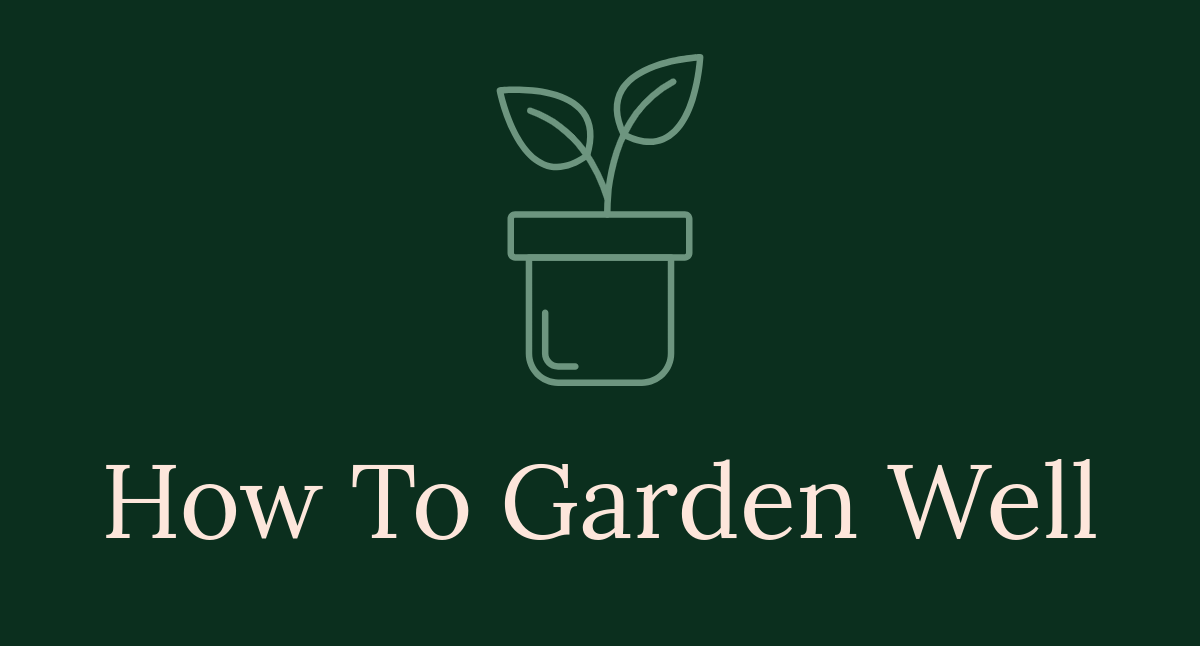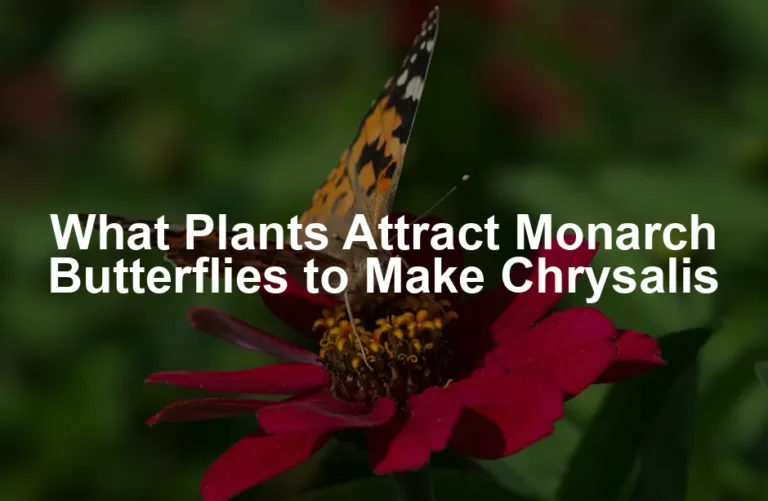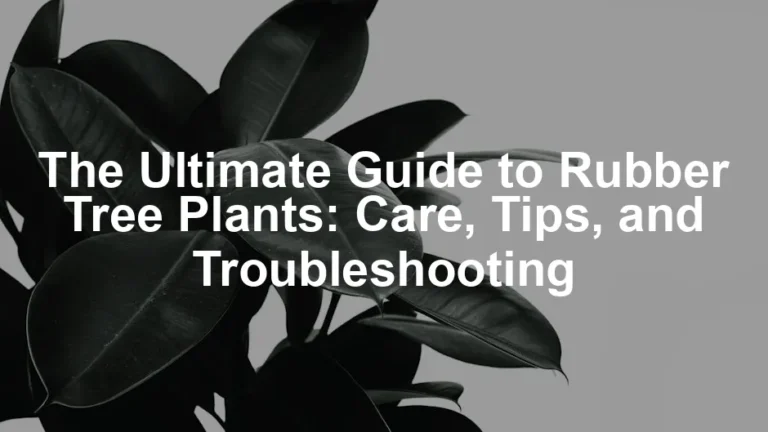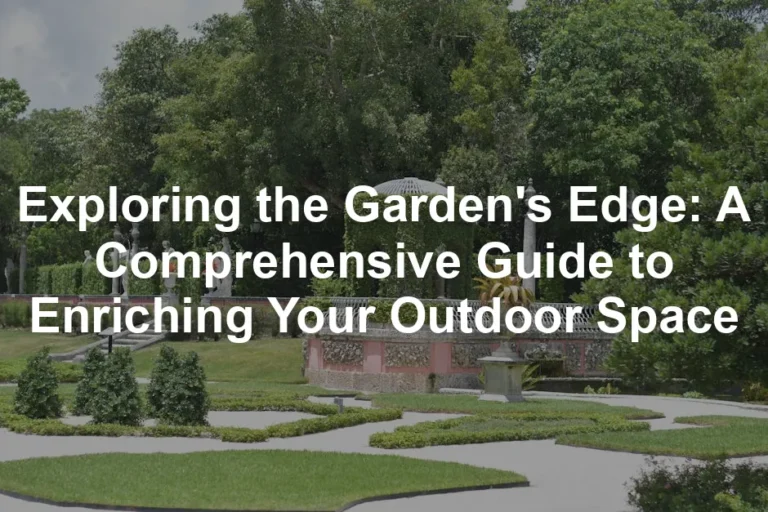

Moonglow Garden: Cultivating Beauty and Biodiversity
Introduction
Welcome to the enchanting realm of Moonglow Gardens! Here, nature unfolds in vibrant hues, and plants sway gently under the moon’s ethereal glow. Imagine a space where every flower, herb, and vegetable thrives, creating a haven for pollinators and a feast for the senses. Moonglow Gardens encapsulate more than just aesthetics; they embody a philosophy of sustainability and biodiversity.
In modern gardening, the significance of Moonglow Gardens shines brighter than ever. With climate change knocking at our doors, cultivating gardens that respect natural ecosystems is crucial. These gardens are designed to attract beneficial insects, support local wildlife, and promote healthy soil practices. They invite us to reconnect with nature and understand our role as caretakers of the environment.
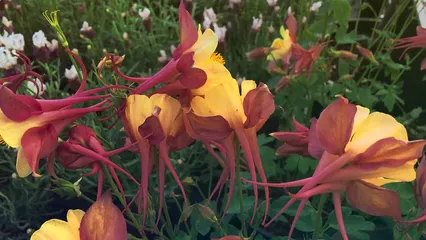
Gardening with the moon adds an enchanting layer to this experience. By synchronizing your planting efforts with lunar phases, you can witness firsthand the benefits of this ancient practice. soil pH testing and adjustment for optimal plant growth
Creating your own moonglow-inspired oasis is easier than you might think! With a sprinkle of creativity and a dash of knowledge, you can transform any space into a thriving sanctuary. Whether you have a sprawling backyard or a cozy balcony, the principles of Moonglow Gardens can apply. Get ready to dig in as we share tips to cultivate beauty and biodiversity in your green space.
So, grab your gardening gloves and let’s get started! Together, we can cultivate a garden that not only flourishes but also reflects the harmony of nature. As you nurture your plants, you’ll find joy in watching them grow, all while supporting our planet’s delicate ecosystem. Welcome to the journey of creating your very own Moonglow Garden!
Understanding Moonglow Gardens
What Are Moonglow Gardens?
Moonglow Gardens represent a harmonious blend of beauty and sustainability. These gardens focus on cultivating plants that thrive not only in the sunlight but also under the moon’s silvery glow. The philosophy behind Moonglow Gardens is rooted in the ancient practice of gardening with lunar cycles. This approach highlights the moon’s influence on plant growth, encouraging gardeners to align their activities with its phases.
Gardening with the moon isn’t just poetic; it has practical implications. Certain phases of the moon can enhance seed germination, root development, and overall plant vitality. For instance, planting during a waxing moon promotes growth, while a waning moon is ideal for harvesting. By syncing their gardening practices with the lunar calendar, enthusiasts can optimize their yields and foster healthier plants.
Incorporating Moonglow Gardens into sustainable gardening practices is vital. They prioritize biodiversity and ecological balance, creating a thriving ecosystem. This type of gardening not only provides food and beauty but also supports local wildlife and beneficial insects. By respecting the natural rhythms of the earth and moon, Moonglow Gardens exemplify a mindful approach to cultivating plants.
Speaking of cultivating plants, if you’re looking to start your own garden or enhance an existing one, consider purchasing a Organic Vegetable Seeds Variety Pack. These seeds are perfect for ensuring a bountiful harvest while keeping it eco-friendly!
The Importance of Biodiversity
Biodiversity is the backbone of any healthy garden. It ensures a balanced ecosystem, where various species coexist and support each other. Diverse plant life attracts a variety of beneficial insects, birds, and other wildlife. In a Moonglow Garden, this diversity is celebrated and encouraged. You can learn more about it in this article on how to enhance biodiversity in your garden for insect support.
Pollinators play a crucial role in this ecosystem. Bees, butterflies, and other insects are essential for the reproduction of many plants. Moonglow Gardens can significantly bolster their populations by providing a rich habitat filled with flowering plants that bloom at different times. This sustains pollinators throughout the growing season, ensuring they have the resources they need to thrive.
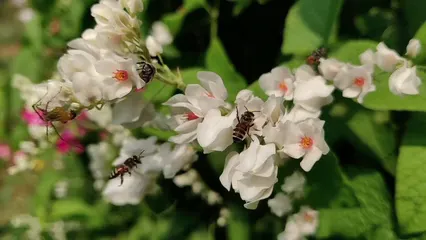
Moreover, a diverse garden helps control pests naturally, reducing the need for chemical interventions. By cultivating a variety of plants, Moonglow Gardens create a self-sustaining environment. This leads to healthier plants and a reduced ecological footprint. Embracing biodiversity means embracing life itself, making Moonglow Gardens a sanctuary for all creatures.
To enhance your gardening experience, consider investing in a Soil Moisture Meter. This handy tool will help you monitor your soil’s moisture levels, ensuring your plants get just the right amount of water they need to thrive!
Regenerative Practices
Regenerative practices form the core of Moonglow Gardens. These principles focus on restoring and enhancing the health of the soil and surrounding ecosystem. By employing methods like crop rotation, cover cropping, and composting, gardeners can foster a thriving soil food web. Healthy soil leads to vibrant plants, which in turn supports local wildlife.
Moonglow Gardens utilize organic and regenerative agriculture methods. They avoid synthetic chemicals, opting instead for natural fertilizers and pest control. This commitment to nurturing the land ensures that gardens remain productive and resilient over time. By practicing regenerative gardening, Moonglow Gardens contribute to soil health and ecosystem balance, creating a sustainable model for future generations.
Ultimately, these practices align with the broader goals of environmental stewardship. They embody a philosophy of care and respect for nature, showcasing the beauty of interconnectedness. As we cultivate our Moonglow Gardens, we also nurture the planet, fostering a more sustainable and biodiverse future.
Gardening Techniques
Creating a thriving Moonglow Garden requires a few effective planting and maintenance practices. Start by preparing your soil. Healthy soil is the foundation of a flourishing garden. Incorporate compost and organic matter to improve soil structure and nutrient content. This method not only enriches the earth but also promotes beneficial microbes that help plants thrive.
When planting, consider companion planting. This technique involves placing certain plants close together for mutual benefits. For example, marigolds can repel pests while attracting pollinators. Tomatoes and basil make a great duo, enhancing each other’s flavors. Remember to rotate your crops each season. This practice helps prevent soil depletion and reduces pest buildup. You can find more on this in the article about companion planting strategies for increased yield.
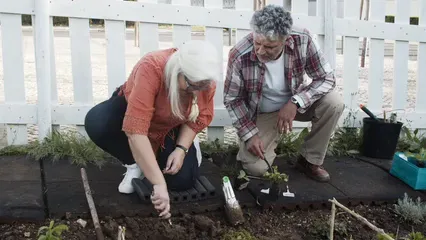
Maintenance plays a key role in the garden’s success. Watering regularly is crucial, especially during dry spells. Early morning is the best time to water; it minimizes evaporation and allows plants to absorb moisture before the sun rises high. Mulching helps retain soil moisture and suppress weeds. Organic materials like straw or wood chips work wonders.
Now, let’s talk about the significance of organic gardening. Using organic methods means avoiding chemical pesticides and fertilizers. Chemical products can harm beneficial insects and disrupt the delicate balance of your garden. Instead, embrace natural pest control methods. Introducing beneficial insects like ladybugs or using neem oil can keep pests at bay without harming the ecosystem. You can explore more about this in the article on organic pest control methods for tomato plants.
Organic gardening fosters healthy plants, which leads to better yields. Plus, it’s a sustainable practice that protects our environment. Imagine biting into a juicy tomato, knowing it was grown without harmful chemicals. That’s the beauty of organic gardening!
If you’re looking for the right tools to make your gardening easier, consider a Gardening Tool Set with Tote. This handy set will help you tackle all your gardening chores with ease!
Designing Your Garden Layout
Designing a garden that attracts pollinators is not just a trend; it’s essential for ecological health. Start by including a variety of flowers that provide nectar and pollen. Choose native plants, as they attract local pollinators better than exotic species. Plants like echinacea, milkweed, and sunflowers are not only beautiful but also vital for bees and butterflies. You can find out more about this in the article on best native plants for attracting local wildlife.
Think about layering your plants. Taller plants can provide shelter for shorter ones, creating a habitat for various pollinators. This layout mimics natural ecosystems, making it inviting for wildlife.

Blooming at different times is another smart strategy. You want your garden to be a year-round buffet for pollinators. Start with early bloomers like crocus and snowdrops in spring. As summer rolls in, let your garden burst with color from cosmos and zinnias. Finish the season with asters and sedum for a fall feast. This staggered approach ensures that pollinators have food throughout the growing season.
Lastly, include water sources in your design. A small birdbath or shallow dish with pebbles can provide hydration. Pollinators need water, just like any other living creature. With these tips, your Moonglow Garden will become a haven for pollinators, enhancing both beauty and biodiversity.
Community and Outreach
The Moonglow Community
The Moonglow community thrives on connection and shared purpose. Local seed banks and community gardens serve as vital resources. These hubs not only provide seeds but also cultivate a spirit of collaboration among gardeners. They create spaces where knowledge and experiences can be shared freely.
Moonglow Gardens plays a significant role in local food sovereignty. By promoting regionally-adapted seeds, they empower community members to grow food that flourishes in their specific climate. Imagine the satisfaction of harvesting tomatoes that were nurtured in your own backyard! This sense of ownership fosters a deeper connection to the land and the food we consume.

Education is another cornerstone of Moonglow Gardens. Workshops and events teach sustainable gardening practices, ensuring that even novice gardeners feel confident. These gatherings create a vibrant community atmosphere, where seasoned gardeners can share tips and stories while newcomers soak in the wisdom. It’s a delightful exchange that enriches everyone involved.
Anecdotes from community members reveal the magic of these connections. One gardener shared how participating in a local seed swap led to a vibrant patch of heirloom tomatoes, all while forging friendships with fellow gardening enthusiasts. The joy of exchanging seeds transforms into a shared journey of growth, both in the garden and in life.
Sharing Knowledge and Resources
Knowledge is power, especially when it comes to sustainable gardening. Moonglow Gardens believes in providing resources that empower everyone, from curious beginners to seasoned pros. Their website offers a treasure trove of information, including articles on gardening for pollinators and seed saving techniques.
Local workshops are another fantastic avenue for learning. These hands-on sessions cover everything from composting to pest management. Participants leave feeling inspired and equipped with new skills to apply in their gardens. Plus, they often leave with a few extra seeds to plant, fostering a sense of community and shared purpose.
Online resources are also plentiful. Websites and forums dedicated to sustainable gardening allow for broader discussions and sharing of experiences. Whether you’re looking for specific plant care tips or innovative gardening techniques, the information is just a click away. Social media platforms also buzz with gardening groups where members post questions, share successes, and even swap plants.
In summary, the Moonglow community thrives on shared knowledge and resources. By engaging with local seed banks, attending workshops, or exploring online platforms, gardeners can nurture their skills and contribute to a more sustainable future. The journey of growing together not only enhances personal gardens but also strengthens the bonds within our communities.
Conclusion
In conclusion, Moonglow Gardens represent more than just a method of gardening; they embody a philosophy of stewardship, sustainability, and community. By embracing the principles of biodiversity, organic practices, and lunar gardening, we can cultivate spaces that not only nourish our souls but also contribute to the health of our planet.
Think of these gardens as little ecosystems. They provide food, shelter, and beauty all in one package. The vibrant flowers and lush greenery create a sanctuary for beneficial bugs and birds. This is not just gardening; it’s a holistic approach to nurturing our environment.
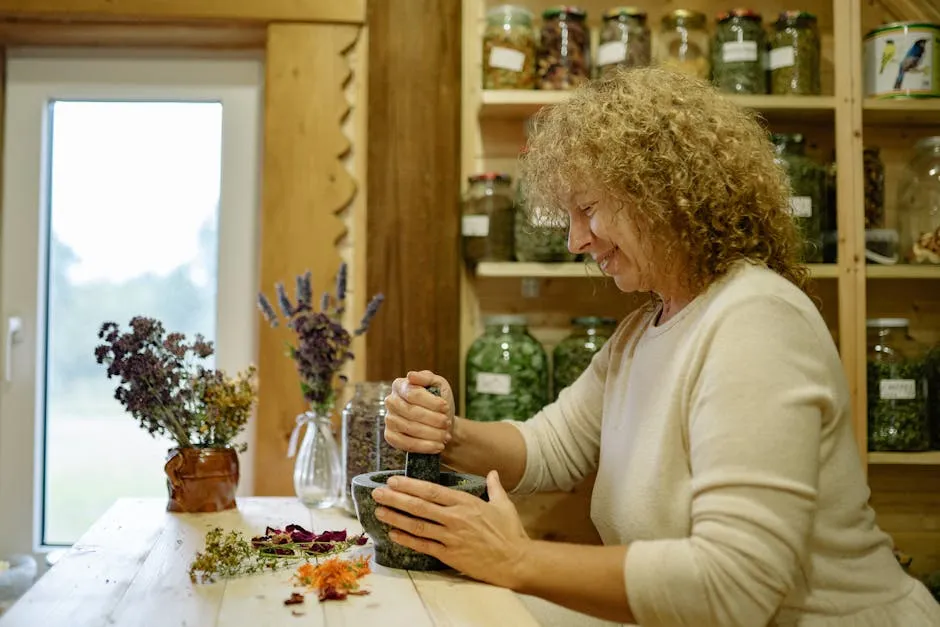
Whether you’re a seasoned gardener or just starting, the journey into the world of Moonglow Gardens invites you to create beauty. Use your imagination! Consider the colors, shapes, and scents that bring you joy. You can design a garden that reflects your personality and values.
Gardening with the moon adds an enchanting layer to this experience. By synchronizing your planting efforts with lunar phases, you can witness firsthand the benefits of this ancient practice. It’s like having a cosmic gardening partner guiding you along the way!
Moreover, Moonglow Gardens foster resilience. They teach us patience as we learn to work with nature’s pace. With each season, you’ll notice changes, challenges, and triumphs. This dynamic relationship enriches your gardening experience, making it not just about the plants, but about growth—both personally and environmentally.
So, gather your seeds, put on those gardening gloves, and step into your Moonglow Garden with enthusiasm. You’re not just growing plants; you’re nurturing a vibrant community and ecosystem. Each plant you cultivate contributes to a larger narrative of sustainability and harmony. Let’s celebrate this interconnectedness and make every garden a Moonglow Garden!
FAQs
What are the best plants to grow in a Moonglow Garden?
When selecting plants for a Moonglow Garden, consider your local climate. Native species are often the best choice. They thrive naturally and attract local pollinators. For sunny areas, try echinacea or black-eyed Susans. In shadier spots, consider ferns or hostas. Vegetables like tomatoes or peppers can also flourish in this setting. For a touch of sweetness, add herbs like lavender or thyme. Mixing annuals and perennials will ensure continuous blooms and variety throughout the seasons.
How can I attract more pollinators to my garden?
Attracting pollinators is simple! Start by planting a diverse array of flowers that provide nectar and pollen. Choose native plants, as they are more appealing to local bees and butterflies. Incorporate plants that bloom at different times to provide food year-round. Create habitats by adding bee hotels and leaving areas of bare soil for nesting. Don’t forget to provide water sources! A small dish filled with pebbles and water can go a long way.
When is the best time to start planting for a Moonglow Garden?
Timing is essential! Generally, you want to plant after the last frost in your area. Check your local frost dates to be sure. Additionally, consider moon phases. Plant seeds during a waxing moon to encourage growth. The best time for harvesting is during a waning moon. This technique aligns your gardening efforts with natural rhythms, optimizing your garden’s productivity.
Are there specific tools or resources I should consider for my Moonglow Garden?
Yes, having the right tools can make gardening easier and more enjoyable! Basic tools include a trowel, pruners, and a hand fork. A good watering can is essential for keeping plants hydrated. For resources, check out local gardening clubs or online platforms dedicated to sustainable practices. Books on organic gardening can also be beneficial. Don’t forget to explore websites that focus on pollinator-friendly gardening for additional insights.
Please let us know what you think about our content by leaving a comment down below!
Thank you for reading till here 🙂
And if you’re looking to really set the mood in your garden, consider adding some Solar Garden Lights. These not only illuminate your space but also add a magical touch to your nighttime garden strolls!
Lastly, consider a Garden Kneeler and Seat to make your gardening experience more comfortable. Trust me, your knees will thank you!
All images from Pexels
